Straightforward Strategies to Streamline Your Wardrobe
Are you struggling to find space in your wardrobe? These steps will help you get back to basics
Ever feel you can’t find anything to wear, or that there’s no space left in your wardrobe? If so, it’s time to get back to basics and be brutal with what you allow to live on your hangers and shelves.
The best way to do this is to assess what you own with each change of season. In other words, if you didn’t wear it this summer, you probably won’t wear it next summer, either. Going through your clothes like this a couple of times a year will ensure the task doesn’t become an unwieldy job. If you train yourself to be more mindful when shopping, too, and only buy things you know you’ll wear, you can reclaim and maintain all of that space currently taken up by clothes you don’t actually like.
It’s estimated we wear just 20% of our clothes and accessories 80% of the time. So let’s dive in and look at some strategies for how to tackle an overly full wardrobe.
The best way to do this is to assess what you own with each change of season. In other words, if you didn’t wear it this summer, you probably won’t wear it next summer, either. Going through your clothes like this a couple of times a year will ensure the task doesn’t become an unwieldy job. If you train yourself to be more mindful when shopping, too, and only buy things you know you’ll wear, you can reclaim and maintain all of that space currently taken up by clothes you don’t actually like.
It’s estimated we wear just 20% of our clothes and accessories 80% of the time. So let’s dive in and look at some strategies for how to tackle an overly full wardrobe.
Take it out
If you try to assess your items while they’re still in your wardrobe and drawers, you won’t get very far. A much more effective strategy would be to take everything out (of the particular segment you’re working on that day) and assess each item individually. It will help you to be more ruthless, and you’ll end up with a far more streamlined wardrobe full of things you really do like and wear.
If you try to assess your items while they’re still in your wardrobe and drawers, you won’t get very far. A much more effective strategy would be to take everything out (of the particular segment you’re working on that day) and assess each item individually. It will help you to be more ruthless, and you’ll end up with a far more streamlined wardrobe full of things you really do like and wear.
Know when to let go
This might sound obvious, but I’ve seen it before: if it’s torn or has holes in it, it’s time to let it go. Yes they might once have been your favourite pair of jeans, but now they have holes in them and you can’t wear them any more, and they’re just taking up space.
Don’t donate items that are badly torn or clearly worn out, but if you’re not sure whether something can be resold, it’s worth donating it anyway as any clothes a charity shop can’t sell are sent for recycling or further reuse.
Get rid of anything that doesn’t fit you. No more, ‘When I loose those extra pounds…’ If you can’t wear it now, let someone else enjoy it.
Check out creative clutter-busters for your bedroom
This might sound obvious, but I’ve seen it before: if it’s torn or has holes in it, it’s time to let it go. Yes they might once have been your favourite pair of jeans, but now they have holes in them and you can’t wear them any more, and they’re just taking up space.
Don’t donate items that are badly torn or clearly worn out, but if you’re not sure whether something can be resold, it’s worth donating it anyway as any clothes a charity shop can’t sell are sent for recycling or further reuse.
Get rid of anything that doesn’t fit you. No more, ‘When I loose those extra pounds…’ If you can’t wear it now, let someone else enjoy it.
Check out creative clutter-busters for your bedroom
Cull the discoloured
You know how some people organise the contents of their wardrobe by colour, like a rainbow? Well, the rainbow won’t be quite so beautiful if all your whites are grey and your reds have gone a strange orange colour.
Try dying items you really love back to their original colour – or perhaps even a totally new one. You can get hold of fabric dye really easily, and then it’s just a case of leaving it to soak in a bucket – or choose machine dye and run it through the washing machine. If it can’t be dyed, or isn’t worth the energy, then you know which pile it has to go in…
You know how some people organise the contents of their wardrobe by colour, like a rainbow? Well, the rainbow won’t be quite so beautiful if all your whites are grey and your reds have gone a strange orange colour.
Try dying items you really love back to their original colour – or perhaps even a totally new one. You can get hold of fabric dye really easily, and then it’s just a case of leaving it to soak in a bucket – or choose machine dye and run it through the washing machine. If it can’t be dyed, or isn’t worth the energy, then you know which pile it has to go in…
Don’t hold on to it just because it’s new
Sometimes we feel we should wear garments out before getting rid of them, even if we don’t actually like them, just because we feel guilty. While I’m not advocating being frivolous, there’s no point holding on to something just because you bought it recently. If you hate it, let it go. You never know, someone else might love it! If it cost a lot and that’s why you don’t want to throw it away, try selling it on eBay.
Sometimes we feel we should wear garments out before getting rid of them, even if we don’t actually like them, just because we feel guilty. While I’m not advocating being frivolous, there’s no point holding on to something just because you bought it recently. If you hate it, let it go. You never know, someone else might love it! If it cost a lot and that’s why you don’t want to throw it away, try selling it on eBay.
Ditch discomfort
Anything, and I mean anything, that feels so uncomfortable that you only wear it when you have to must go. This is the most common reason we keep stuff – because there’s nothing wrong with it, except we don’t feel comfortable in it. And then the guilt kicks in. Here’s news for you: you deserve to feel comfortable all of the time. So if you bought something you now regret buying, accept the fact, ditch it and carry on. I can almost guarantee you won’t miss it.
Next time you shop, pay extra attention to how comfortable something feels before you buy it. It’s worth sitting down, bending over and lifting your arms in the changing room to see how a certain piece would feel once you start moving in it.
Anything, and I mean anything, that feels so uncomfortable that you only wear it when you have to must go. This is the most common reason we keep stuff – because there’s nothing wrong with it, except we don’t feel comfortable in it. And then the guilt kicks in. Here’s news for you: you deserve to feel comfortable all of the time. So if you bought something you now regret buying, accept the fact, ditch it and carry on. I can almost guarantee you won’t miss it.
Next time you shop, pay extra attention to how comfortable something feels before you buy it. It’s worth sitting down, bending over and lifting your arms in the changing room to see how a certain piece would feel once you start moving in it.
Adopt the hanger strategy
After an initial purge, it’s time to turn to a long-term strategy. The ‘hanger strategy’ is a tool for successfully keeping your wardrobe streamlined. Designate one side of your wardrobe as the place where you will return items you’ve just worn (and washed). Everything else stays on the other side. You’ll soon realise if there’s anything lurking in there you never actually wear. Try hanging a piece of paper from a coat hanger to mark out the divide.
If you haven’t worn something for 2, 3 or 6 months, that means 60, 90 or 180 days when you decided to wear ‘anything but’, so you probably won’t miss it when it’s gone.
See 12 easy ways to hack your wardrobe
After an initial purge, it’s time to turn to a long-term strategy. The ‘hanger strategy’ is a tool for successfully keeping your wardrobe streamlined. Designate one side of your wardrobe as the place where you will return items you’ve just worn (and washed). Everything else stays on the other side. You’ll soon realise if there’s anything lurking in there you never actually wear. Try hanging a piece of paper from a coat hanger to mark out the divide.
If you haven’t worn something for 2, 3 or 6 months, that means 60, 90 or 180 days when you decided to wear ‘anything but’, so you probably won’t miss it when it’s gone.
See 12 easy ways to hack your wardrobe
Change your buying habits
Buy less, but of better quality, and you’ll avoid having to go through all of the above steps. If you adopt the hanger strategy, you’ll probably come to see how few clothes you actually need, and you might realise that you actually can splash out on a couple of key pieces rather than spending a little bit on lots of things that won’t last.
TELL US…
Do you struggle to keep your wardrobe streamlined? Share any photos and tips you have in the Comments below.
Buy less, but of better quality, and you’ll avoid having to go through all of the above steps. If you adopt the hanger strategy, you’ll probably come to see how few clothes you actually need, and you might realise that you actually can splash out on a couple of key pieces rather than spending a little bit on lots of things that won’t last.
TELL US…
Do you struggle to keep your wardrobe streamlined? Share any photos and tips you have in the Comments below.


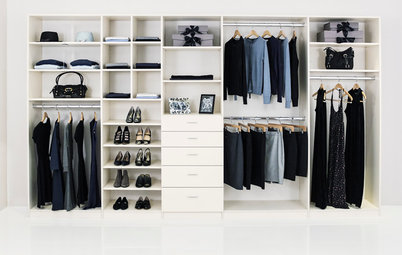

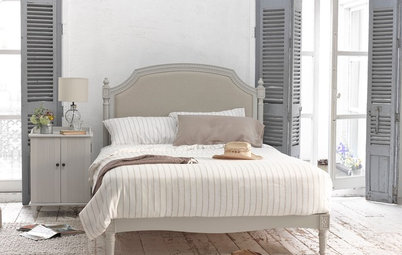

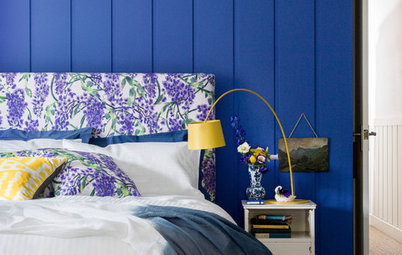
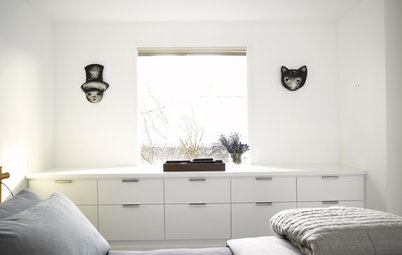
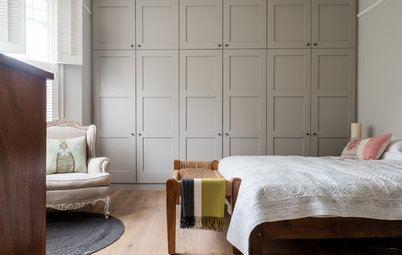

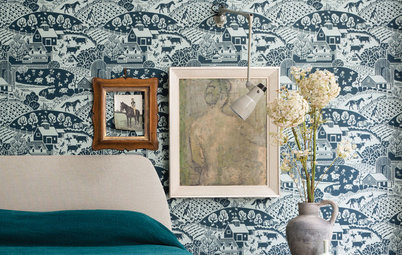
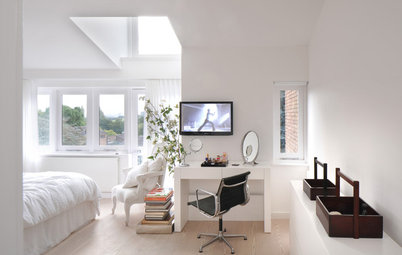
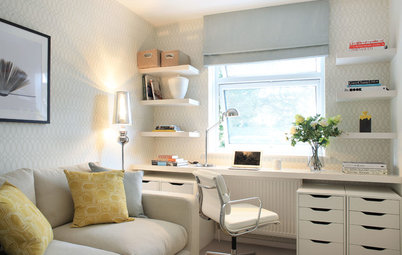
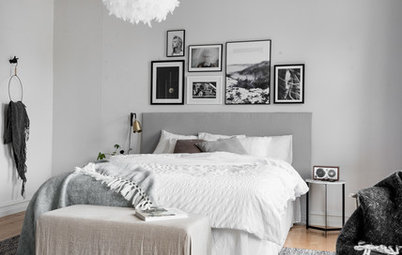


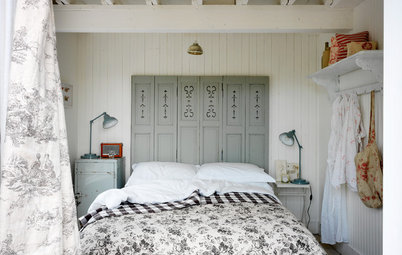

Don’t aim to tackle your whole wardrobe in one afternoon – you don’t want to overwhelm yourself. Take your time with it, and try to tidy one bit at a time. Break it down into distinct areas: so you might do two drawers today and one rail at the weekend, followed by your shoes the following weekend.
As you go through, have a clear system in place. Create separate piles, either on your bed or anywhere convenient. Three piles is a good place to start: throw away, donate/sell and keep.